- What is a turtle?
- General characteristics of turtles
- Water turtles
- Land turtles
- Turtle feeding
- Habitat of turtles
- Reproduction of turtles
- The shell of the turtle
We explain everything about turtles, their diet, habitat and other characteristics. Also, differences between sea and land turtles.
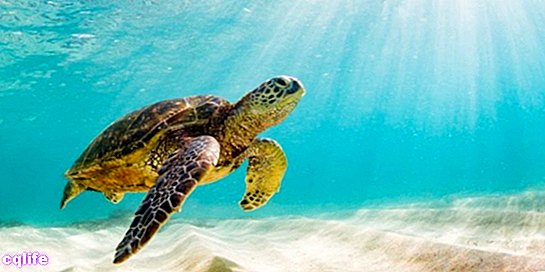
What is a turtle?
Turtles or chelonians are a group of reptiles from habitat aquatic and terrestrial. Its main characteristic is to have a strong shell that protects the internal organs and that covers the entire torso of the animal. Designed as a sturdy box and made of bone and cartilage, this shell grows next to the animal and forms part of its own vertebral column, so that it can take refuge inside.
This order of reptiles is known zoologically as testudines. It is estimated that they arose 250 million years ago, in the Triassic period of the Mesozoic era. That means they are the oldest reptiles that still populate the Earth, adapted to different habitats and living particularly long lives.
There are about 356 species different from turtles in all continents (except Antarctica), endowed with very diverse sizes, proportions, diets and habitats. Many of them are in Danger of extinction, partly due to the hunting of the human being, which devours their eggs and uses their shells decoratively (in fact, before the invention of plastic, were used to obtain the tortoiseshell of eyeglass frames), and partly due to the pollution of their habitats.
Humans have been attracted to turtles since ancient times. Although there are very few species domestic, these animals they tend to abound in the imaginary mythological of very diverse cultures, generally as a symbol of ancestral forces and knowledge.
In fact, in mythology HinduThe entire world was thought to be a disk held by four large elephants, which in turn were standing on the shell of a tortoise.
General characteristics of turtles
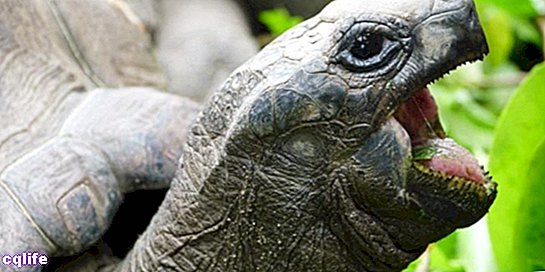
Turtles are broadly characterized by the following:
- They are reptiles, that is, vertebrates cold blooded and reproduction oviparous, whose bodies consist of a large carapace, a head, a small tail and four limbs, which are legs in tortoises and fins in aquatic ones.
- They lack teeth in the jaw, instead they have a leathery keratin beak, sharp and sometimes serrated.
- They have good vision, which they privilege over the rest of their senses, although they also often use smell and hearing. They have a higher nervous system, like all vertebrate animals, with a brain and a spinal cord.
- Except for the aquatic turtles under the WaterThey are parsimonious and not very agile animals. Its slow metabolisms provide them with a life long, reaching a century of life in some species.
- Accustomed to crawling or swimming, they are rarely ever lying on their shells, and land turtles especially have great difficulty turning around.
Water turtles
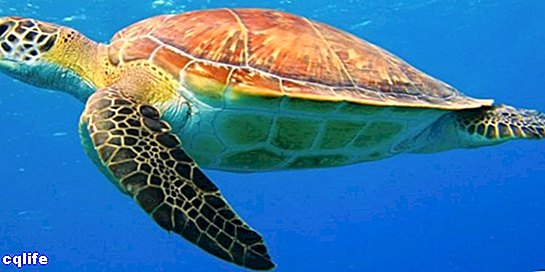
Aquatic turtles have limbs that allow them to swim comfortably.
Aquatic turtles, fresh or salt water, represent a significant percentage of the world's turtle species. Inhabit the oceans or of small wells and lakes.
They have adapted their bodies to submerged life, which is why they have legs with interdigital membranes or directly fins, which allow them to swim comfortably, without becoming useless in case of having to return to land.
In addition, they have a smooth and hydrodynamic shell. Depending on the species they can withstand breathing for a very long time, which allows them to feed without problems under water.
Land turtles
Land tortoises can vary greatly in weight, length, and coloration.Terrestrial tortoises are particularly slow and calm animals, with bulky and rough shells, which can vary greatly in terms of size. weight, length and coloring.
It is usual to find them outdoors where they are exposed to the sun to warm their cold blood, and in general they have a patient temperament. However, there are also particularly aggressive and territorial species.
Turtle feeding
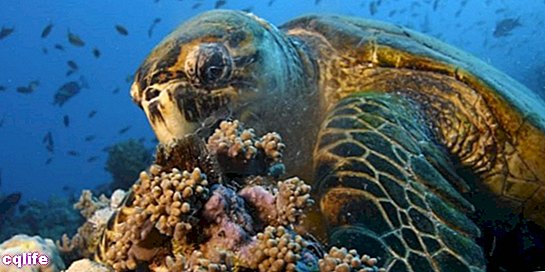
The feeding of turtles depends largely on their habitat. Those suitable for terrestrial life tend to be mostly herbivores, with an almost exclusive diet of leaves, stems, roots and fruits, although other species are omnivorous and they eat basically what they can, from small mollusks, insects and worms to carrion.
Something similar occurs with aquatic species, capable of eating from coral, which supplies them with important nutrients such as calcium, to algae, fish, jellyfish, octopus and small crustaceans.
Habitat of turtles
Over the centuries, turtles have adapted very well to almost all environments in the land surface, as well as marine and freshwater life.In Southeast Asia and North America there is the greatest diversity of species. In both cases, the favorite environment seems to be the lake, either in small wells, or large rivers and lakes.
Generally, each species of turtle is endemic of its location, that is, it does not occur anywhere else. In addition, there are typical species of woods, deserts, plains or on volcanic islands, like the Galapagos tortoises that inspired Charles Darwin, enormous in size and capable of living for more than a hundred years.
Reproduction of turtles
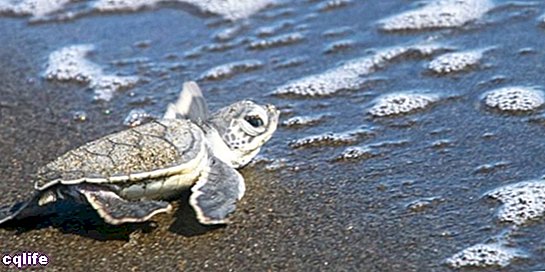
Like many other reptiles, turtles mate according to seasonal patterns. Turtles do not take care of their offspring, but instead lay a large number of eggs and bet on the survival of a low percentage of the young.
Fertilized females lay eggs of different shape and texture, always on the ground. Even sea turtles, after mating, migrate hundreds or thousands of kilometers to spawn on land, digging holes and then burying them with enormous effort. From there the little turtles then leave in an unbridled race back towards the water.
Their age of sexual maturity, given their long lives, is slow to arrive, and copulation is laborious, due to the rigidity of the shells. Many species have a depression in the belly of the male, so that it can mate with the female by climbing on top of it from behind.
The shell of the turtle
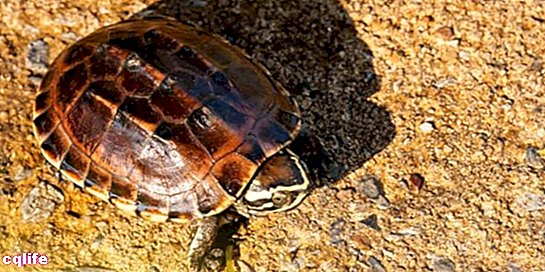
Turtle shells are made of tough biological materials, such as bone and cartilage, but their shape, strength, and coloration can vary greatly from species to species.
In general, the carapace consists of three regions: a leather-like covering of skin, covering a set of resistant plates of keratin (the same material from which their beaks are made), similar to the scales of other reptiles, and that rest on a series of bone shields.
In addition, the shell consists of two different parts:
- The backrest. That occupies the upper region or the back of the animal, made up of five rows of plates, arranged in concentric regions of extreme hardness.
- The plastron. That is the region of the belly and chest of the animal, that is, the one that faces the ground, also called "breastplate", and that is usually pale in color, smooth and less resistant.
